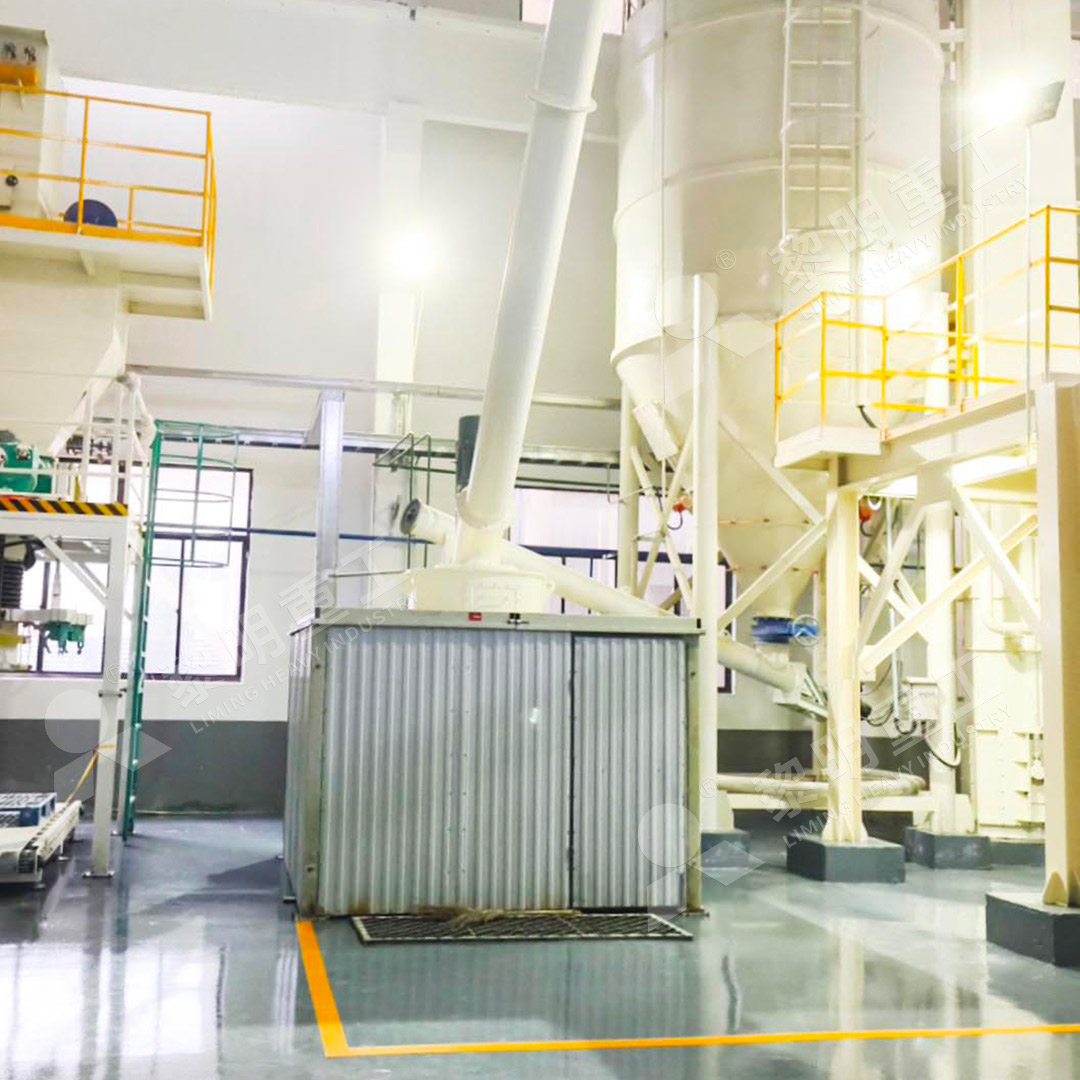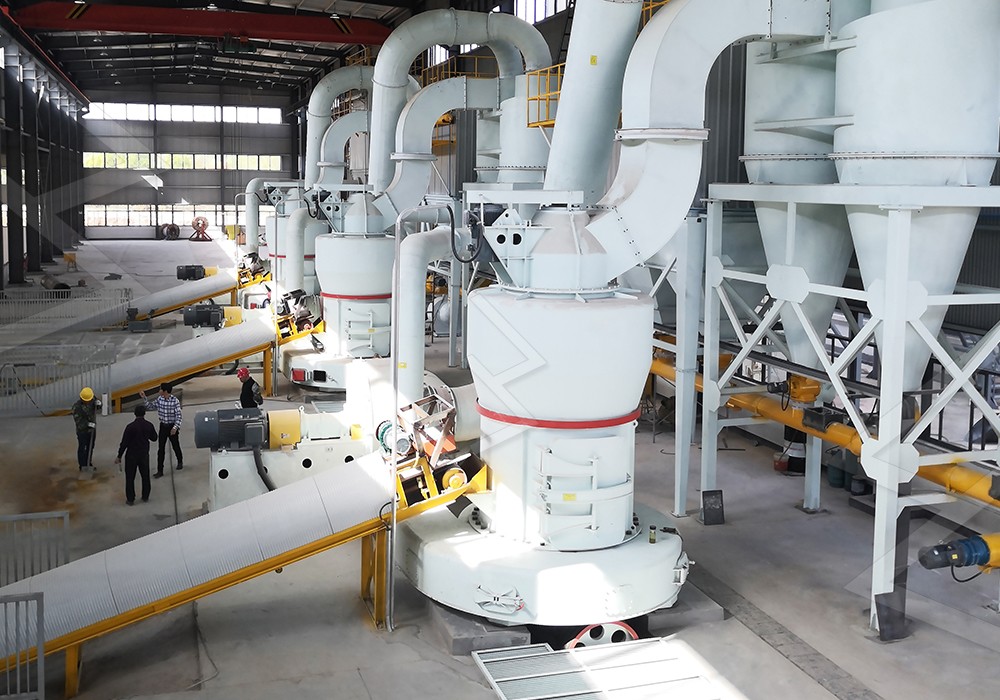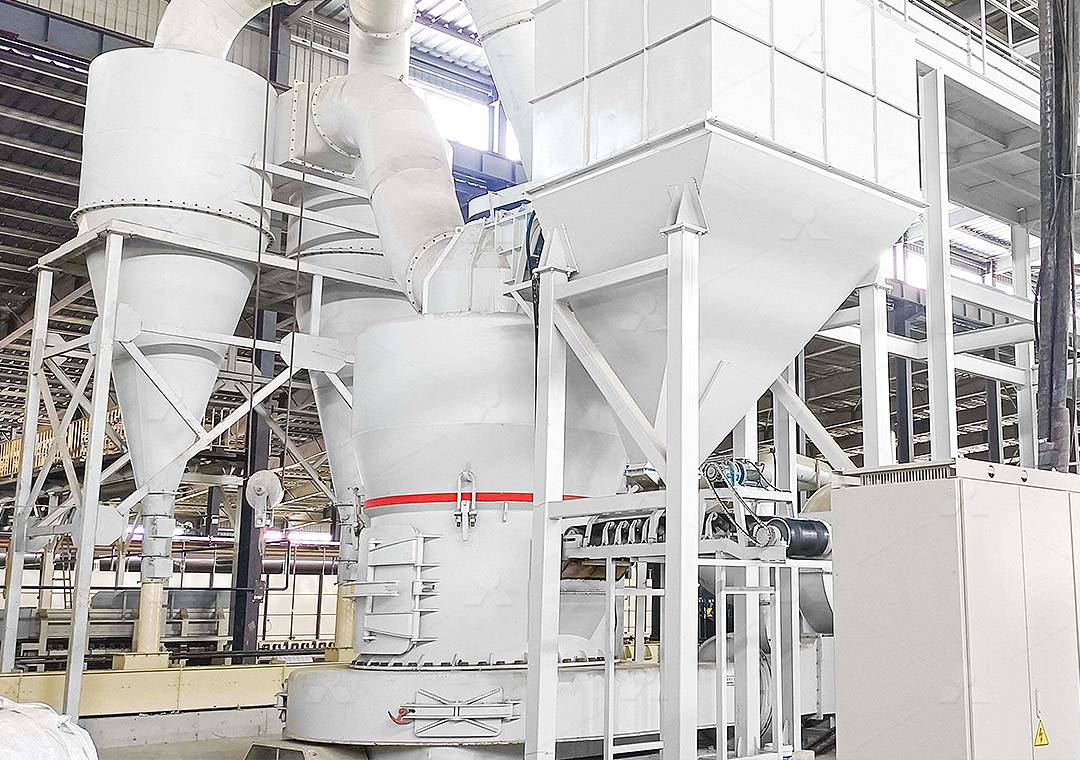New Raymond Mill Technology: Enhancing Efficiency in Mineral Grinding Operations
New Raymond Mill Technology: Enhancing Efficiency in Mineral Grinding Operations
The mineral processing industry faces constant pressure to improve operational efficiency while reducing environmental impact. Recent advancements in grinding technology have revolutionized how operations approach size reduction, with modern Raymond mill systems leading this transformation through innovative engineering and smart design.

The Evolution of Grinding Technology
Traditional grinding methods often struggled with energy inefficiency, inconsistent product quality, and environmental challenges. The latest generation of Raymond mill technology addresses these concerns through sophisticated engineering that optimizes every aspect of the grinding process. Modern systems incorporate advanced powder separation, precision control mechanisms, and eco-friendly features that set new industry standards.
One standout innovation in this space is our MW Ultrafine Grinding Mill, which represents a significant leap forward in grinding technology. This system processes materials with input sizes of 0-20 mm at capacities ranging from 0.5 to 25 tons per hour, making it suitable for various mineral applications. The machine’s design focuses on achieving ultra-fine powder while maintaining operational efficiency and environmental compliance.
Key Technological Advancements
The most significant improvements in modern grinding systems revolve around energy efficiency, precision control, and operational reliability. Advanced systems now feature German-engineered cage-type powder selectors that provide exceptional separation precision, allowing operators to adjust fineness between 325-2500 meshes with remarkable accuracy. This level of control ensures consistent product quality while minimizing waste.

Another critical innovation involves the elimination of rolling bearings and screws within the grinding chamber. This design choice significantly reduces maintenance concerns and prevents machine damage from loose components. External lubrication systems enable continuous 24-hour operation without shutdowns for maintenance, dramatically improving operational uptime.
Environmental Considerations and Operational Benefits
Modern grinding operations must address environmental regulations while maintaining profitability. The integration of efficient pulse dust collectors and muffler systems in advanced mills like the MW Ultrafine Grinding Mill demonstrates how technology can achieve both objectives. These systems effectively contain dust and reduce noise pollution, ensuring compliance with stringent environmental standards.
The economic benefits extend beyond regulatory compliance. Compared to traditional jet grinding mills and stirred grinding mills, modern systems offer production capacity increases of up to 40% with system energy consumption reduced by approximately 30%. When compared to ball grinding mills, the yield improvement can reach 100%, making the operational economics compelling for facilities looking to upgrade their grinding processes.
Application Versatility and Material Handling
Contemporary grinding technology demonstrates remarkable versatility across multiple industries and material types. From limestone, calcite, and dolomite to specialized applications in petroleum coal, gypsum, barite, and marble processing, advanced systems adapt to various material characteristics. The technology also serves chemical industry applications, including paint, cosmetics, medicine, and food additive production.

For operations requiring different capacity parameters, our LUM Ultrafine Vertical Grinding Mill offers an excellent alternative with input sizes of 0-10 mm and capacity ranges of 5-18 tph. This system incorporates the latest Taiwanese grinding roller technology and German powder separating technology, providing exceptional performance for superfine dry powder production of non-metal ores.
Future Outlook and Industry Trends
The trajectory of grinding technology continues toward greater automation, digital integration, and sustainability. Modern mills increasingly feature PLC control systems, digital processing capabilities, and sophisticated monitoring systems that enable predictive maintenance and optimized operation. These advancements reduce human error while maximizing equipment performance and lifespan.
As mineral processing operations face increasing pressure to reduce their environmental footprint while improving profitability, the adoption of advanced grinding technology becomes increasingly essential. The combination of higher yields, lower energy consumption, reduced maintenance requirements, and environmental compliance makes modern Raymond mill systems a strategic investment for forward-thinking operations.
Frequently Asked Questions
What makes modern grinding mills more efficient than traditional systems?
Contemporary systems incorporate multiple efficiency enhancements including advanced powder separation technology, optimized grinding curves, reduced internal components prone to failure, and sophisticated control systems that optimize energy usage throughout the grinding process.
How does the MW Ultrafine Grinding Mill handle environmental concerns?
The system integrates efficient pulse dust collection and noise reduction technologies that minimize dust pollution and operational noise. The entire production process is designed according to national environmental protection standards, with negative pressure systems preventing dust escape.
What maintenance advantages do modern grinding systems offer?
Systems like the MW Ultrafine Grinding Mill eliminate rolling bearings and screws within the grinding chamber, significantly reducing maintenance points. External lubrication systems allow maintenance without shutdowns, while digital monitoring enables predictive maintenance scheduling.
Can these systems handle variations in material hardness and composition?
Yes, advanced grinding mills are designed with adjustable parameters including grinding pressure, rotation speed, and powder separation precision. This flexibility allows operators to optimize performance for different material characteristics and production requirements.
What industries benefit most from these grinding advancements?
Mineral processing, chemical production, construction materials, and specialized applications in cosmetics, pharmaceuticals, and food additives all benefit from the precision, efficiency, and versatility of modern grinding technology.
